The project would transform abandoned platform off Texas coast into working fish farm
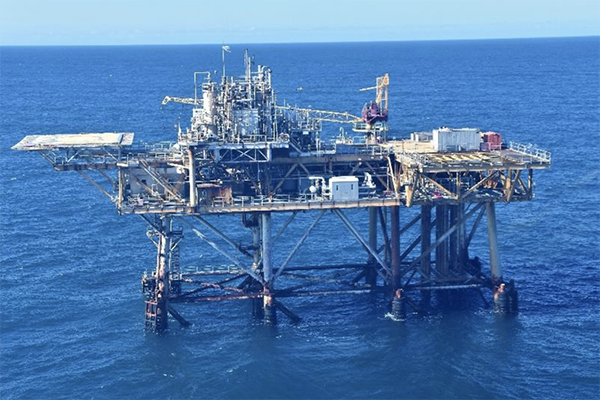
U.S. offshore aquaculture technology company Innovasea this week secured a $100,000 grant for the Gulf Offshore Research Institute (GORI), funds that will repurpose a defunct oil rig in the Gulf of Mexico.
The grant from the Gulf States Marine Fisheries Commission – one of the United States’ eight regional fishery management bodies – and the National Oceanic and Atmospheric Administration (NOAA) will finance the next phase of its proposal to transform Station Padre, a former oil platform 25 miles east of Padre Island, Texas, into a working fish farm. It was abandoned in 2015.
“We’re grateful for this grant and are excited to put the funds to use proving the viability of platform-based aquaculture in the United States and elsewhere,” said Kent Satterlee, executive director of GORI. “With the renewed push toward a low-carbon future, we believe offshore fish farming is the best way for the country to provide a sustainable, domestically-produced source of protein.”
The grant will fund the preliminary design of a net pen system and an in-depth financial analysis of the project, both of which will be performed by Innovasea.
“This is a creative project that could potentially pave the way for the reuse of abandoned oil platforms and help spur offshore aquaculture in the Gulf of Mexico,” said David Kelly, CEO of Innovasea. “Rather than spending millions of dollars to dismantle these pieces of ocean infrastructure – and disturb the ecosystems that have sprung up around them naturally in the process – it makes sense to explore productive new uses for them like offshore aquaculture.”
The grant will also fund a study by the Rosenstiel School of Marine and Atmospheric Science at the University of Miami and research into the various permits that will be required to proceed with the project. The rig sits in waters about 150 feet deep, which offers excellent visibility and is conducive to aquaculture.
There are about 1,800 abandoned oil rigs in the Gulf. Dismantling one can cost up to $10 million, said Innovasea in a press release. Built by Shell in the 1980s, Station Padre is now owned by Peregrine Oil and Gas.
Follow the Advocate on Twitter @GSA_Advocate
Now that you've reached the end of the article ...
… please consider supporting GSA’s mission to advance responsible seafood practices through education, advocacy and third-party assurances. The Advocate aims to document the evolution of responsible seafood practices and share the expansive knowledge of our vast network of contributors.
By becoming a Global Seafood Alliance member, you’re ensuring that all of the pre-competitive work we do through member benefits, resources and events can continue. Individual membership costs just $50 a year.
Not a GSA member? Join us.
Author
Tagged With
Related Posts
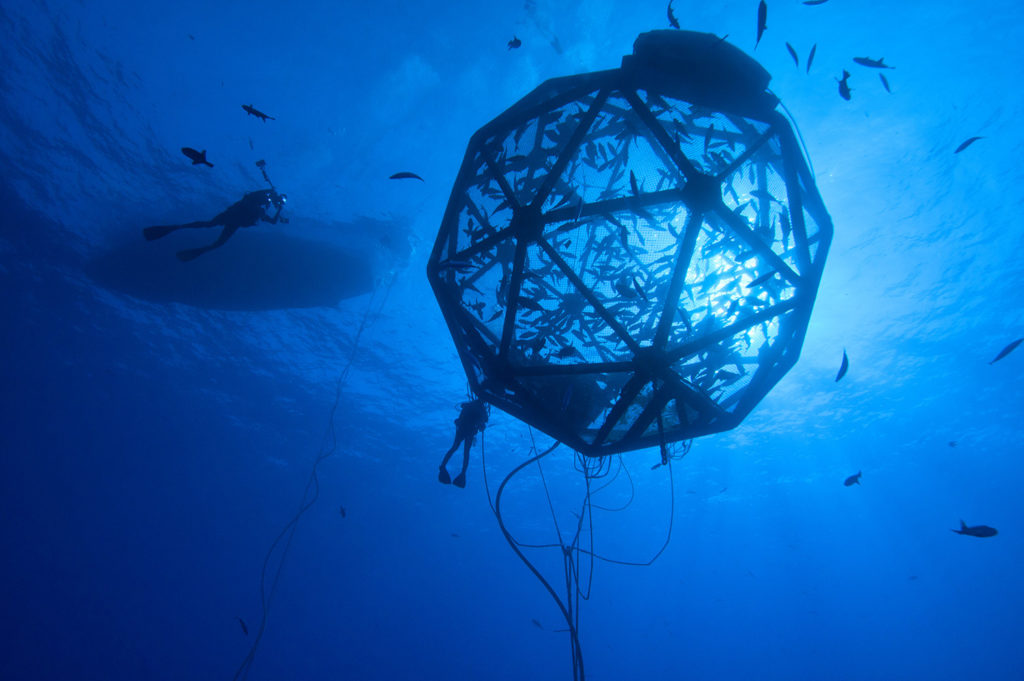
Innovation & Investment
Opinion: Stop offshoring offshore aquaculture
Something must change if the U.S. government hopes to encourage rather than discourage aquaculture, particularly in federal “offshore” waters. Neil Sims says it’s time to stop exporting knowledge, innovation and investment.
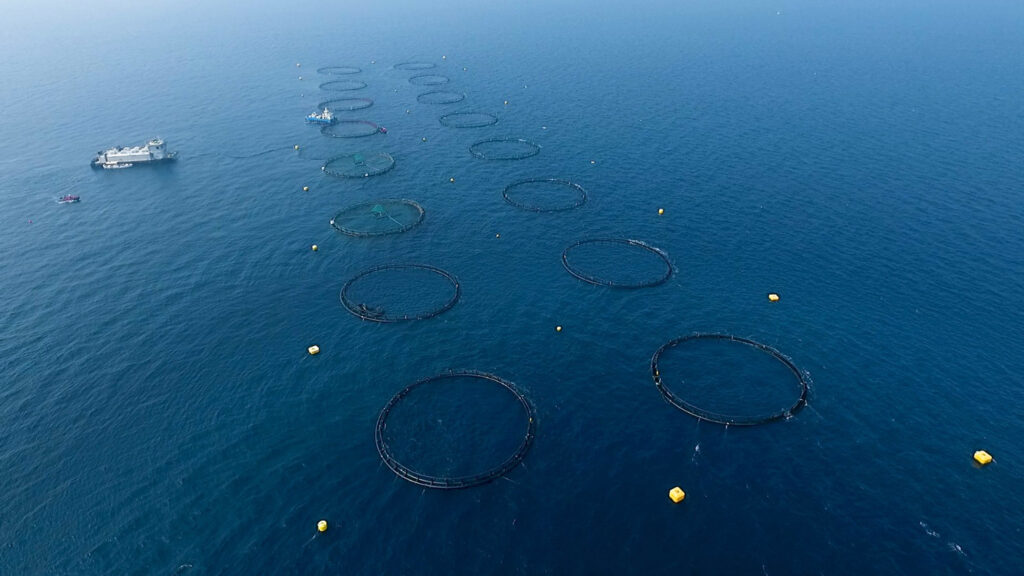
Intelligence
After first harvest, offshore aquaculture venture in Qatar sets fresh ambitions
With a successful sea bass harvest last fall, Qatar’s only offshore aquaculture venture now seeks to double production and diversify into other species.
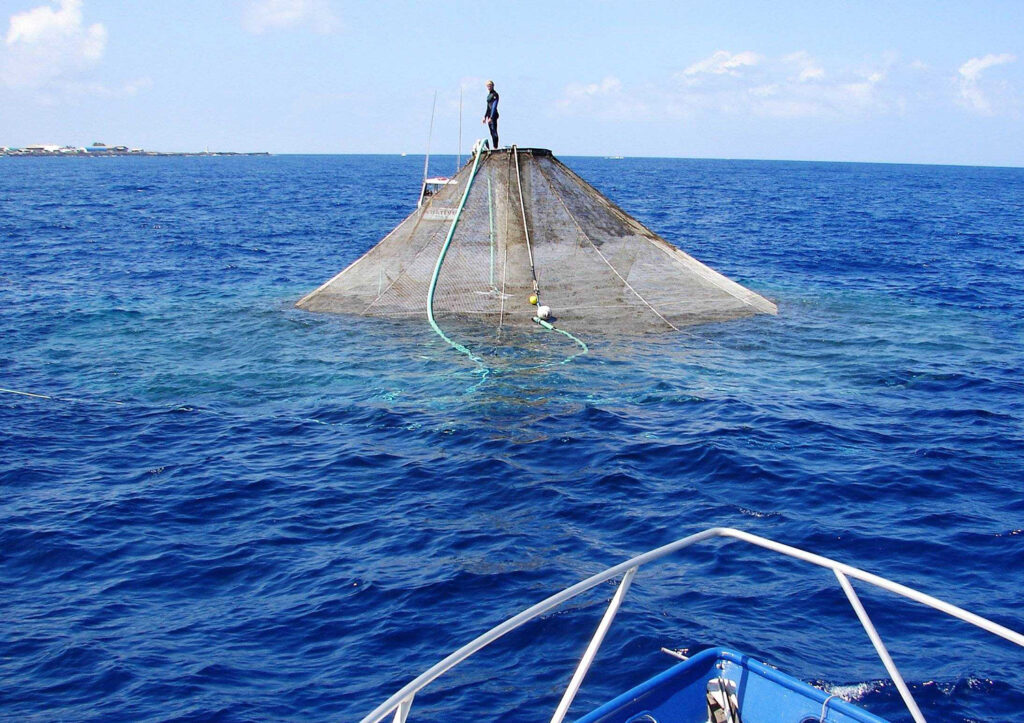
Innovation & Investment
A review of marine fish aquaculture in submerged cages
An evaluation of aquaculture in submerged cages finds knowledge gaps in linking desirable ambient conditions, species needs and production know-how.
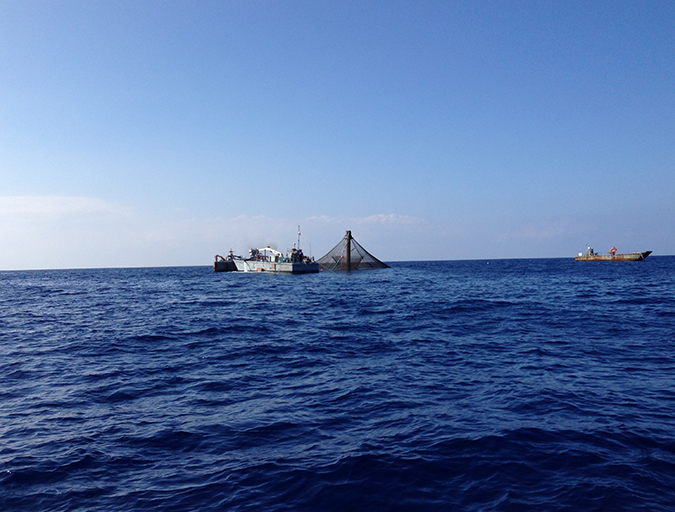
Intelligence
‘Spatiotemporal patterns’ indicate improving perceptions of aquaculture
A study led by University of California Santa Barbara researchers has found that public sentiment toward aquaculture improves over time, a potentially important development with growing interest in offshore aquaculture.



